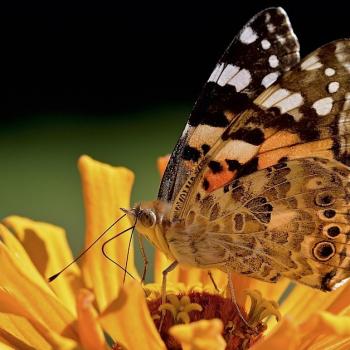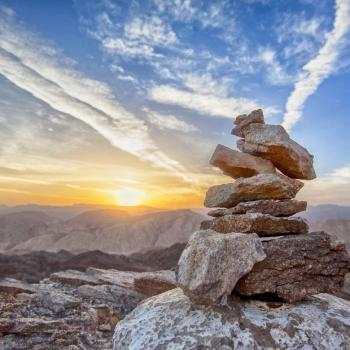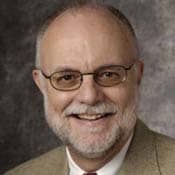 Lectionary Reflections: Year A
Lectionary Reflections: Year A
March 6, 2011
Exodus 24:12-18
It is no surprise that this mysterious passage has been chosen by the framers of the common lectionary to accompany the equally mysterious passage from the New Testament, Matthew 17:1-9. Both experiences occur on mountains, both involve the prophet and lawgiver of Israel, Moses, both have something to do with divine revelation and its importance for God's people. I leave to others a fuller explanation of the delightfully strange happenings on Matthew's mountain, where Peter's construction interests are met with clouds, divine voices, and fear. On Exodus' sacred mountain of Sinai, picnics are interrupted by the living presence of Israel's own YHWH.
Exodus 24 is usually identified as a portion of material among the oldest in the Bible, the so-called "Holiness Code." Within chapters 21-24 is found ancient case law, preceded in chapter 20 by one version of the most famous series of laws of all, the Ten Commandments. It has long been believed that the book of Exodus is a large collection of traditions that may span as much as 1,000 years or more. These chapters are among the oldest of them.
One question the chapters attempt to answer is: who has the right to worship God in God's most sacred place? The clear answer to that question is the great Moses.
Indeed, mystery surrounds and interpenetrates this whole scene, because 24:10 says something very rarely said in the Hebrew Bible, if at all: "and they saw the God of Israel." Amazing! So often in the tradition, to see God is to die; God is in one Psalm said to "hide Godself" from us (Ps. 89:46). But here, quite boldly, Moses, Aaron, Nadab, Abihu, and the 70 elders "saw YHWH." And there is even a brief description of what they see. "Under God's feet there was something like a pavement of sapphire stones, like the very heaven for clearness" (so NRSV), but perhaps more literally, "as clear as the sky." And just in case the reader cannot quite believe that these ancient worthies are actually looking at the Almighty, vs.11 states "God did not lay a hand on the chief men of the people of Israel; yet they beheld ("envisioned, saw mysteriously") God, and they ate and drank." This is perhaps the first divine picnic portrayed in the tradition.
But then our passage suddenly opens in 24:12 with a command from God that Moses "come up to me on the mountain, and wait there..." Obviously, we have the beginning of another memory of the scene we have just witnessed. Here Moses is told that God "will give you the tablets of stone, with the law and the commandment, which I have written for their instruction." Note the wording of the divine demand; the stones will contain "the law (torah) and the commandment." "Torah" is derived from the Hebrew word to teach or instruct, as the final noun of the verse makes clear—the torah is "written" (literally "cut")"for their instruction" (a noun from the same root as torah). Exactly what the commandment is less clear. It may perhaps be a summary of all the instruction that YHWH will graciously give to the people through Moses.
Unlike the earlier picnic scene, Moses takes only his associate, Joshua, with him up the mountain (vs.13), commanding the elders to "wait here until we come again to you; for Aaron and Hur are with you; whoever has a dispute may go to them." These of course are fateful words, given the nasty dispute that erupts in chapter 32 when the people demand of Aaron "gods (elohim) who will go before them." Instead of denying their idolatrous request, Aaron instead accedes to their demand and carefully shapes for them a gleaming golden calf.





